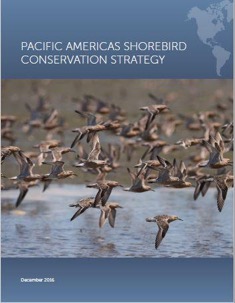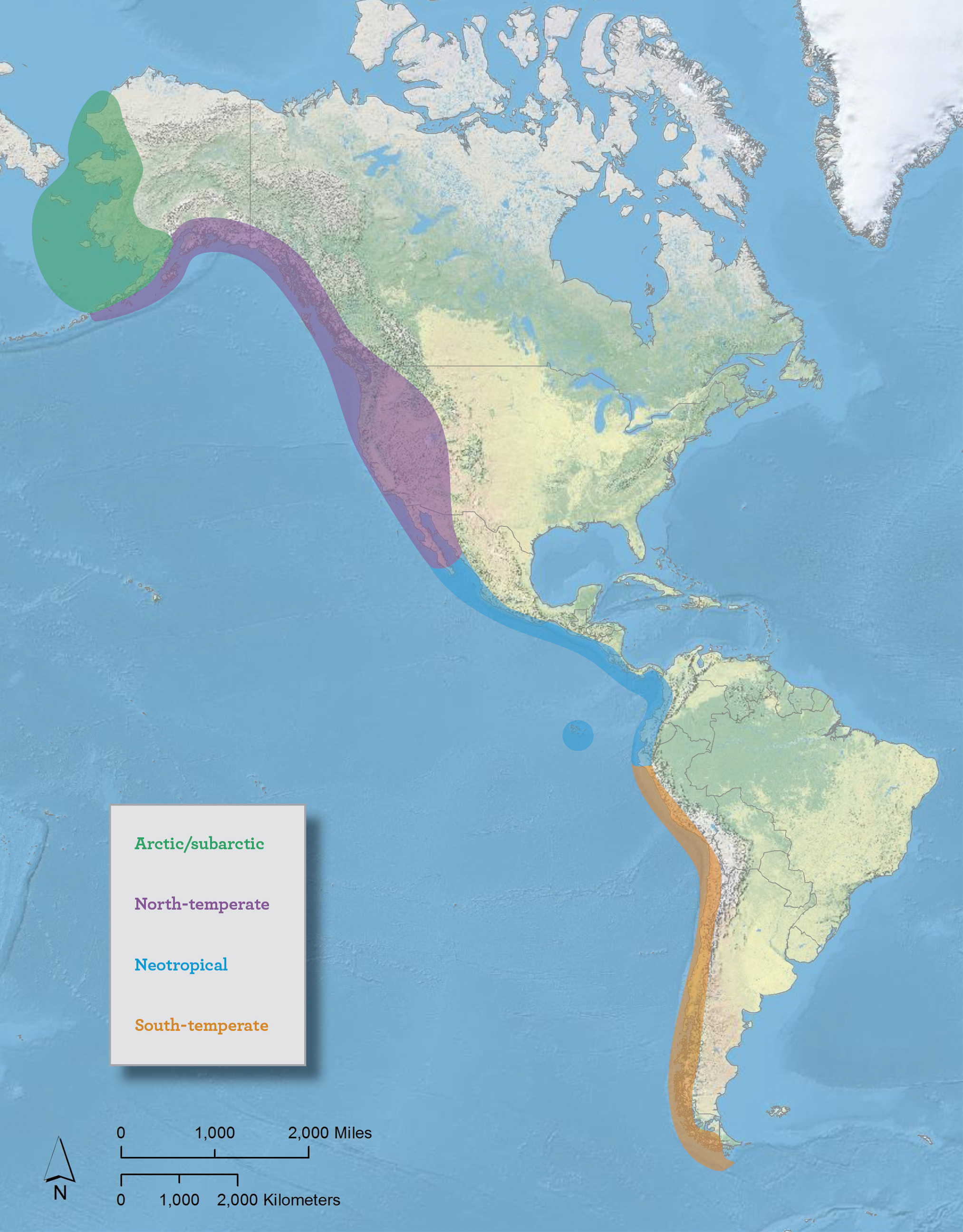A new flyway strategy will benefit shorebirds and our partners.
National Audubon Society and the U. S. Fish and Wildlife Service just announced a major new conservation resource for the conservation of shorebirds and their habitats along the Pacific Americas Flyway. The need from a population standpoint is compelling. Across the globe, 45% of Arctic-nesting shorebirds are decreasing and within the flyway, 11% of shorebird populations demonstrate long-term declines; none are known to be increasing.
The need from a strategy and planning standpoint is equally critical. Funders, conservation organizations, industry, and government agencies are seeking guidance on priorities as they strive to be more effective and cost-efficient in their shorebird conservation work. The Strategy integrates conservation actions across the full suite of geographical, ecological and cultural landscapes.
“Conserving long-distance migrant shorebirds requires collaboration up and down the Pacific Americas Flyway. The Strategy will help all those who care about these incredible birds to invest their time and energy wisely.”
– Stan Senner, Vice President for Bird Conservation, Pacific Flyway – National Audubon Society
A wide network was enlisted to develop the Strategy.
The project involved more than 53 unique institutions from the Western Hemisphere including conservation organizations, government, academic institutions and independent individuals. The David and Lucile Packard Foundation provided financial support along with the National Audubon Society, U. S. Fish and Wildlife Service, Canadian Wildlife Service, MUFG Union Bank Foundation, Pacific Birds Habitat Joint Venture, USDA Forest Service, and private individuals. It was lead by an international Steering Committee of more than 85 experts in 15 countries who followed the Open Standards for the Practice of Conservation to identify threats, develop conservation strategies and integrate previous planning efforts.
The main identified threats were climate change, development, invasive species, disturbance from recreational activities, water use and management, aquaculture, and shoreline and wetland modification. A number of strategies were identified to address those threats including, but not limited to, creating new conservation initiatives with natural resource industries and increasing partner and stakeholder capacity. Importantly, a series of next steps were identified that will help implement the Strategy across the Flyway.

Download the Strategy and learn more:
National Audubon Society – Atlantic and Pacific Coastal Stewardship
U.S. Shorebird Conservation Plan – International Shorebird Conservation
(This is where the plan will be hosted long-term.)
Contacts: Stan Senner, National Audubon Society and Brad Andres, U.S. Fish and Wildlife Service
The Pacific Americas Shorebird Conservation Strategy project area spans 120 degrees of latitude from Alaska to Chile along the Pacific Coast.

